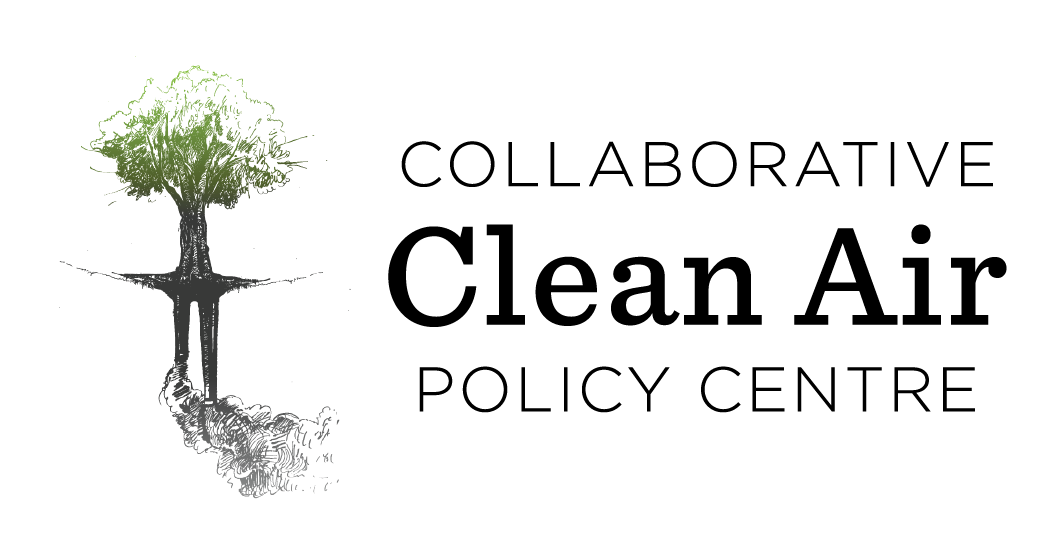(Ujjwala 2.0 series) Ujjwala 2: A Way Forward for Sustainable LPG Supply
By Jyoti Parikh
This article is part of a series of commentaries submitted by prominent Indian researchers and their collaborators on how the next phase of the Pradhan Mantri Ujjwala Yojana could better sustain LPG usage among the poor. Click here to access a summary of the major recommendations, along with links to the rest of the series.
Ujjwala 2 may be more difficult than Ujjwala 1 (U1) because the low hanging fruits (households) are already taken under the first scheme. The focus now is on the remaining households which are poorer, far away and challenging to reach and shift to LPG. The concern raised by some that approximately 7 million PMUY households took 3 or less refills is also to be addressed.[1] Household surveys show that it takes time to change old practices. Similar results have been observed for electricity uptake, which is also slow, where the journey starts with one or two bulbs before the households are fully electrified with various amenities.
Our study[2] showed that the extent of transition correlates positively with income levels, negatively with distance from LPG Distributors, availability of plentiful and free biomass and intra-household gender attitudes. From our research, we have been able to understand the situation and issues that slow down the transition to LPG. These observations and understanding may be useful in developing a targeted approach to increase LPG usage and ensure transition in multiple districts of India.
Therefore to make Ujjwala 2 a success, we need to work on three major goals and understand what to do for each goal:
A. The first goal is to extend the reach of Ujjwala to remaining households
Since the next lot of households may be poorer than Ujjwala 1, availability and option of 5 kg cylinders depending on affordability to reduce one-time cost will be useful.
Increase the number of LPG distributors to reach faraway places. This will require higher expenses and increase in commissions for distributors to compensate for higher transportation costs and low density of consumers.
Give an upfront subsidy of Rs. 1600/- for cylinders as in U1, but instead of adjusting the full amount of subsidy deduction for every cylinder upfront, adjust the price in small monthly installments of say Rs. 50/- or Rs. 100/-. Currently, when they pay the full cost for cylinders they worry that they are not getting a subsidy
Encourage NGOs to approach men and senior women to explain the benefits and plead for freeing their women from drudgery and address the intrahousehold gender differences to improve male attitudes
B. Second Goal is to increase the low uptake of the cylinders among Ujjwala 1 beneficiaries
The suggestions made above may also be useful to increase uptake of Ujjwala 1 households. However, the role of NGOs and local organisations explaining the benefits need to be stepped up. We have seen in the case of toilet that changing attitudes is necessary.
Some household surveys need to be carried out, and best practices need to be compared across oil companies and districts to understand what works.
C. The third goal is to reduce subsidy burden so that the scheme should not blow up subsidy burden excessively. That may threaten the long-term sustainability of the scheme.
High-end consumers need to be excluded from obtaining subsidy. Increasing digitization would make it easier to identify such households. These households may be convinced and explained how if they give up their subsidy it could help others who are in actual need.
Another simple way to reduce the subsidy is to stop subsidy to all customers who enjoyed it for 20 years or more. This information can be obtained from the customer registration database. A large chunk of people can be dropped at one go by dropping subsidy for all the customers who received it for 20 years and beyond. In the subsequent years there will be those who got it after the year 2000 and so on
Ujjwala 2 consumers can be similarly phased out by 2040, and the nation can look forward to other challenges of development. LPG can join petrol and diesel as an unsubsidised commodity.
Another suggestion is to reduce the quota of 12 cylinders (14.2 kg) at a subsidised cost to 9 cylinders per household per year
Apart from these three goals, Ujjwala should develop ties with Saubhagya and benefit from increased electrification to promote electric cooking where LPG is difficult and costly to distribute. Electricity, if it comes from renewable energy, such as solar, wind, or hydro, can lead to low or no carbon solutions to India’s cooking fuel problem.
Thus, goals for Ujjwala 2 should be to cover more households, ensure more uptake of cylinders per household where necessary, lower the subsidy burden, eventually remove the subsidy, and withdraw government intervention.
(Parikh (jparikh@irade.org) is the Executive Director of Integrated Research for Action and Development (IRADe))
[1] PMUY LPG Refill Data, Up to 03.06.2019, Retrieved on 22.07.2019 https://pmuy.gov.in/registereduser.html
[2] Sharma, A., Parikh, J., and Singh, C. (2019). Transition to LPG for cooking: A case study from two states of India. Energy for Sustainable Development, [online] Volume 51(ISSN 0973-0826), Pages 63-72. Available at: https://www.sciencedirect.com/science/article/pii/S0973082619302947 [Accessed 22 Jul. 2019].
